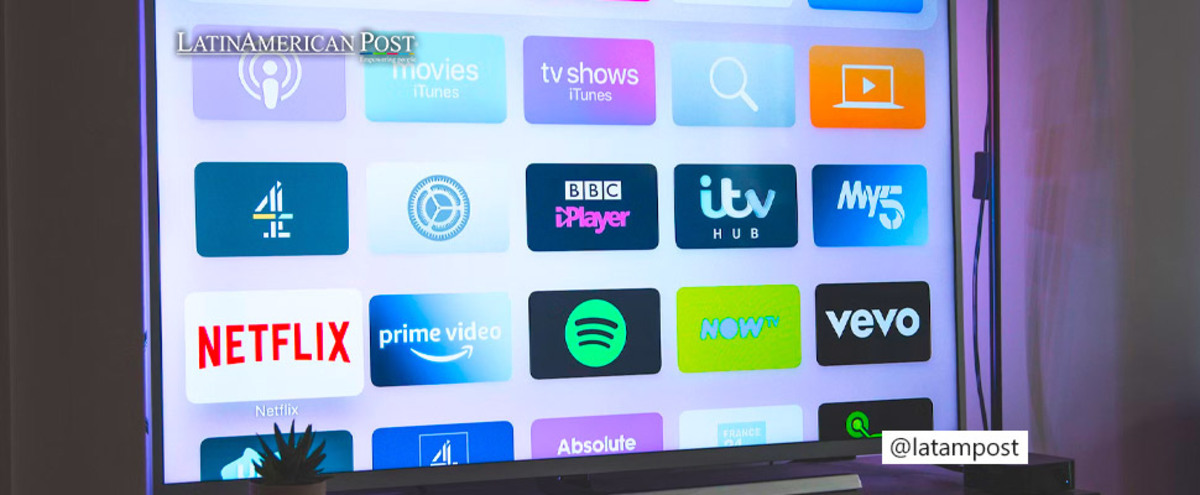Does the Future of Streaming Depend (or Not) on Advertising?
Due to the losses suffered by streaming platforms in the last couple of years, they now see advertising as a lifesaver.

Photo: Unsplash
LatinAmerican Post | Julián Gómez
Escucha este artículo
Leer en español: ¿Depende (o no) el futuro del streaming de la publicidad?
What seemed to be a solution to avoid ads is destined to stick to it in the future. Several streaming platforms are already contemplating including ads inside to avoid losses and offer more options to users.
Netflix was one of the pioneering giants to bring the issue to the table. Last month it was forced to implement a measure that ultimately restricted sharing accounts in different homes. This move was partially successful, but now it tries with ads to avoid giving in to its competition.
The big question is whether or not the public will welcome the possibility of putting up with the ads to pay less. It should not be forgotten that one of the main reasons people turned to streaming is the annoyance caused by the siege of advertising.
Advertising in the 'Streaming'
Contrary to popular belief, streaming, and advertising have been consolidating for several years. The clearest example is with music platforms such as Spotify or YouTube Music, which have a free plan with ads. For TV series and programs, the leading platform in the region is Pluto TV.
This platform competes in the region with Netflix, HBO Max, Disney +, and others, with the differential of being free but showing ads. Thanks to advertising, this company is sustainable and captures a large part of the market with viral productions in its catalog and live TV as another option.
Also read: Representation Of Race Or Marketing?: What Lets Us See "Queen Cleopatra"
Given the success of Pluto TV, other alternatives appeared in Latin America, such as Vix, which also has premium content, or Rakuten TV in Europe. The rise of this platform has attracted the attention of streaming giants, who are also trying to appeal to advertisements.
Netflix Proposal
In addition to the immediate, standard, and premium plans, Netflix proposed another plan called Essential with ads. This model was tested in the United States and some European countries. Despite its expectations, this plan failed despite the remarkable economic differential.
For $2.5 less, Netflix offered a plan with the same features as the basic plan but with ads and no downloads. The plan only achieved 9% of Netflix subscriptions over the other plans during November of last year. In contrast, the basic plan without ads gained 41%, making it clear that users will avoid ads at all costs, even if they have to pay a little more.
However, the measure is still very new, and as was the case with the shared accounts test, should it succeed, it will prosper.
What do the Other Platforms Do?
The least shy platform with ads in streaming is Disney +. They pointed out that sooner or later, the measure will be implemented for a cheaper plan than the one currently operating worldwide. Theoretically, they expose this measure as a win-win in which the user pays less, and the platform receives double gains: subscription and ads.
For its part, HBO Max, almost since the launch of its platform, came out with the option of subscription with ads. The average ad rate was four minutes per hour of content consumption. Paramount+ is another platform that opted for the same, but several of these measures could be more effective in Latin America.
It is still being determined whether audiences will return to what they have fled with cable TV. In addition to exclusive content and the ability to watch On Demand content, the absence of ads was a central added value of streaming. Indeed, it will be an inevitable measure, but it will have more advantages, especially in economic terms, if it is to have a real impact.





